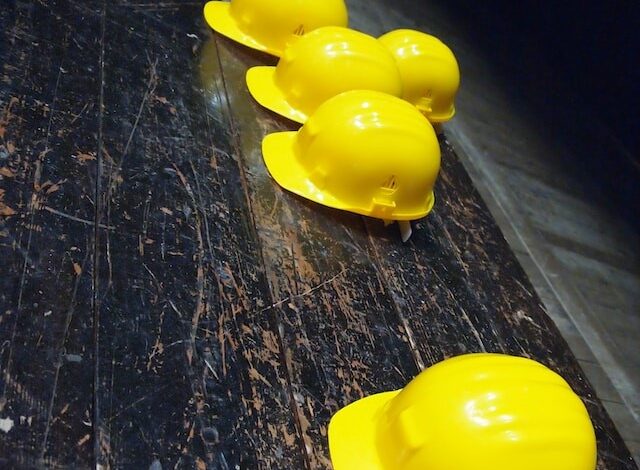
THE CRUCIAL ROLE OF THE SITE SUPERVISOR: SAFETY, COORDINATION AND LEADERSHIP
The site supervisor is a key figure in the management of safety and day-to-day activities on a construction site or other similar work environment. His or her main role is to ensure that site operations are conducted safely, complying with specific regulations and procedures.
Below, we find some of the typical responsibilities of a construction site supervisor:
1. Safety: The main responsibility of a site supervisor is safety. He or she must ensure that all activities are carried out in compliance with workplace safety regulations. This includes implementing safety procedures, reporting hazards, and overseeing preventive measures.
2. Coordination of Activities: The site supervisor coordinates daily activities on the construction site, ensuring that everything runs smoothly and in an orderly manner. This may include personnel management, equipment supervision, and communication between different teams and project managers.
3. Verification of Documents and Certificates: Ensures that all personnel and equipment have the necessary documents and certifications to operate on-site. This may include training certificates, permits, and more.
4. Inspections and Quality Control: The site supervisor may be involved in regular site inspections to ensure that everything meets the required quality standards. This may cover the quality of work performed, compliance with construction standards, and more.
5. Emergency Management: In the event of an accident or emergency, the site supervisor is often responsible for managing the early stages of the emergency. He or she should be familiar with evacuation procedures and provide support in organizing emergency activities.
6. Reports and Documentation: The site supervisor keeps detailed records of daily activities, inspections, communications, and any accidents or emergencies. These records are often required for regulatory and accountability purposes.
What courses are required to become a Site Manager?
The figure of the Safety Officer plays a fundamentally important role on a construction site, contributing to the protection of workers’ health and safety. For this reason, to assume this responsibility, it is essential to acquire specialized training, following various courses, such as:
- Basic Safety Training Course: The first step towards a career as a Safety Officer is to complete a basic training course in occupational safety, which provides a comprehensive overview of safety laws and regulations;
- Fire Prevention Course: an essential course, since a Safety Officer must also be well prepared in case of emergencies, including fires;
- First aid course: provides the necessary skills to deal with accidents and illnesses, teaching cardiopulmonary resuscitation (CPR) techniques, use of the defibrillator and wound management;
- Communication and leadership course: a communication and leadership course provides the necessary skills to effectively manage staff, communicate safety rules and motivate others to adopt safe behavior.
The site supervisor is thus positioned as a key figure in the construction landscape, a true beacon of safety, efficiency and quality. His or her presence ensures not only adherence to timelines and budgets but, above all, the safety of all workers. In an industry where risk is always just around the corner, the figure of the site supervisor is a staple, and essential to the success of any construction project.
